Agriculture-nutrition linkages and child undernutrition in India
The South Asian region and in particular India, has one of the highest rates of child undernutrition in the world, and is home to around 40 per cent of the global total of children who are stunted. Child stunting has been shown to have severe lifelong economic, health, and cognitive disadvantages and costs. Despite improvements in some states in recent years, the levels continue to be high. Understanding the reasons for the high prevalence of child undernutrition in India in the face of the relatively strong economic performance has emerged as an important research topic and is an area of focus of LANSA’s research in the region.
view report:
Publication categories:

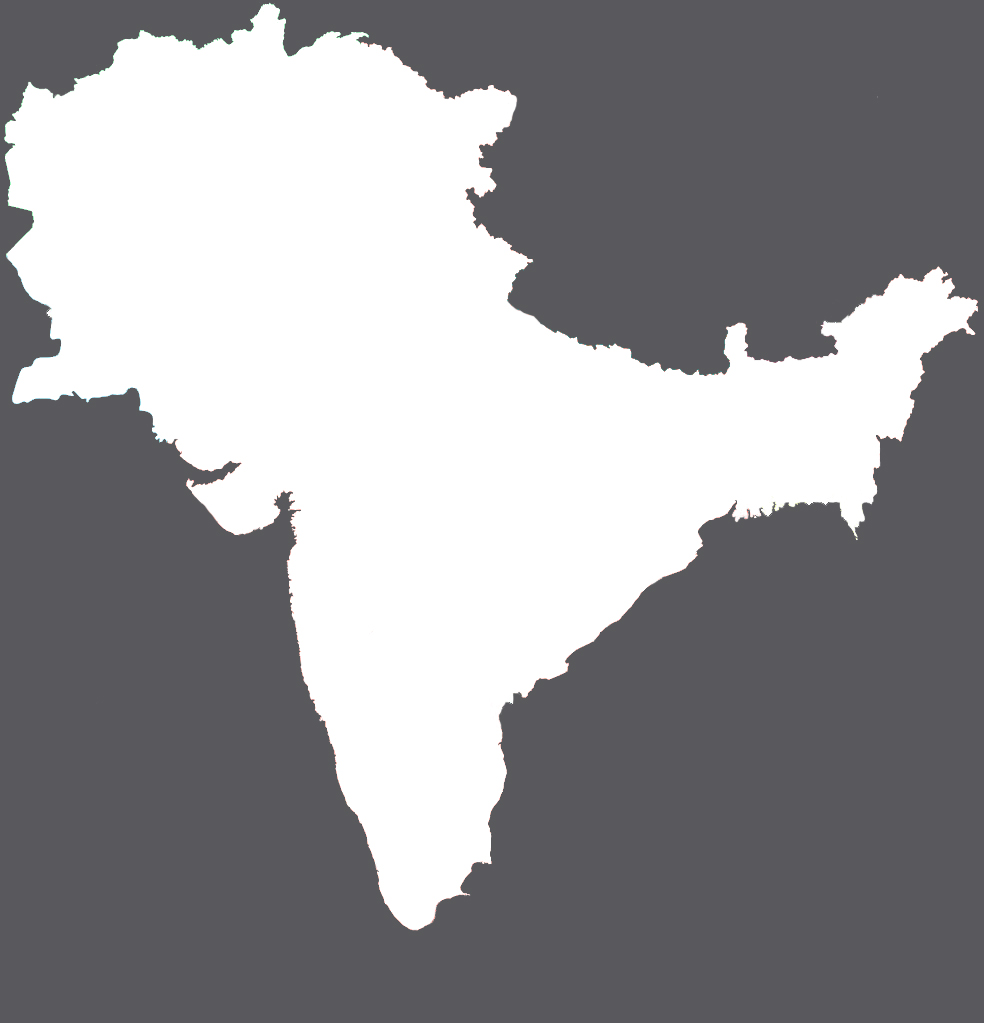
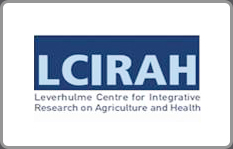
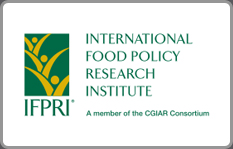
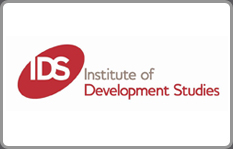
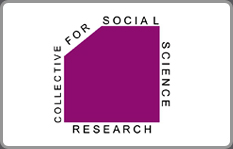

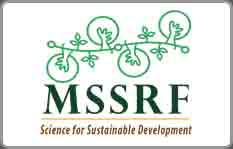
Add new comment